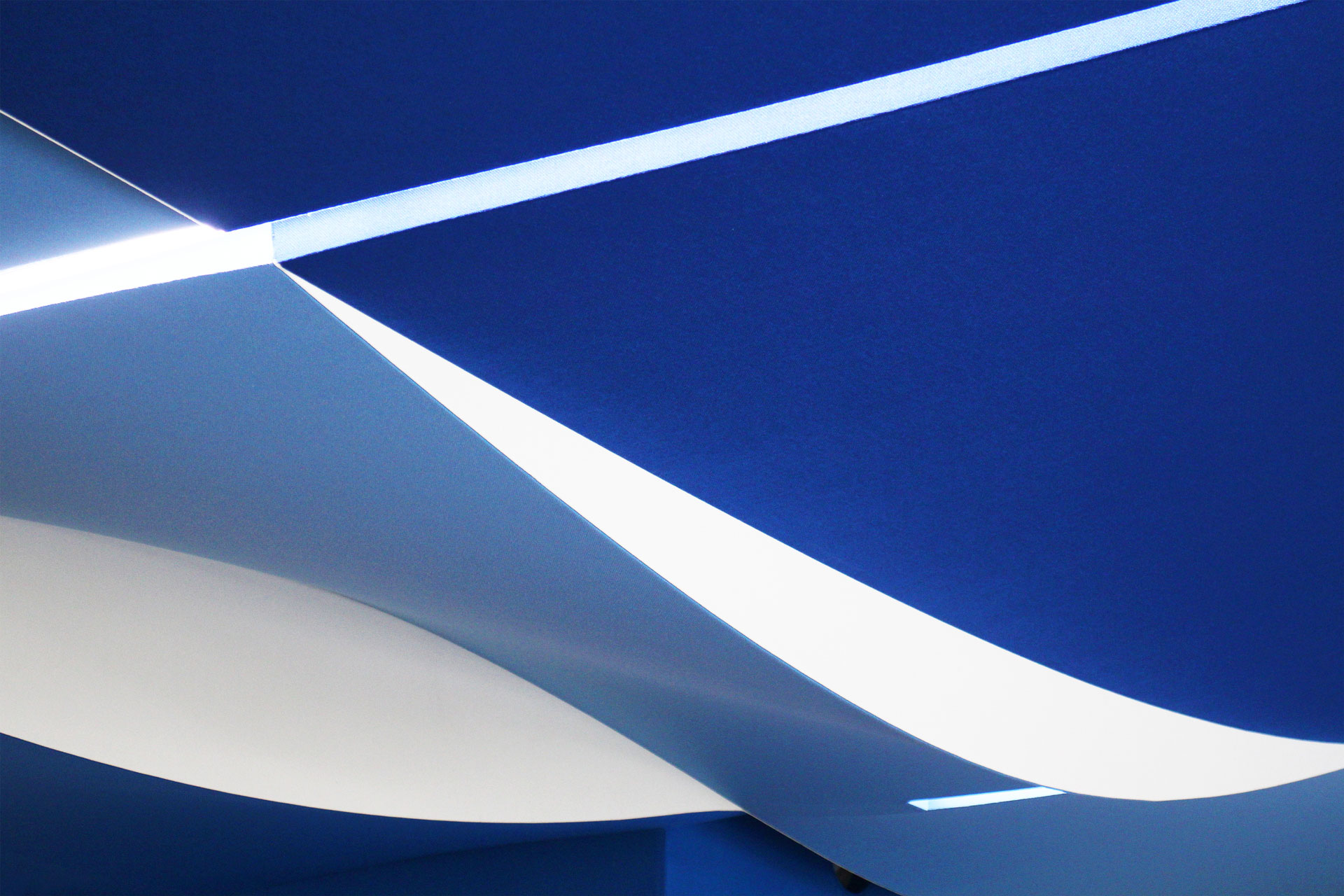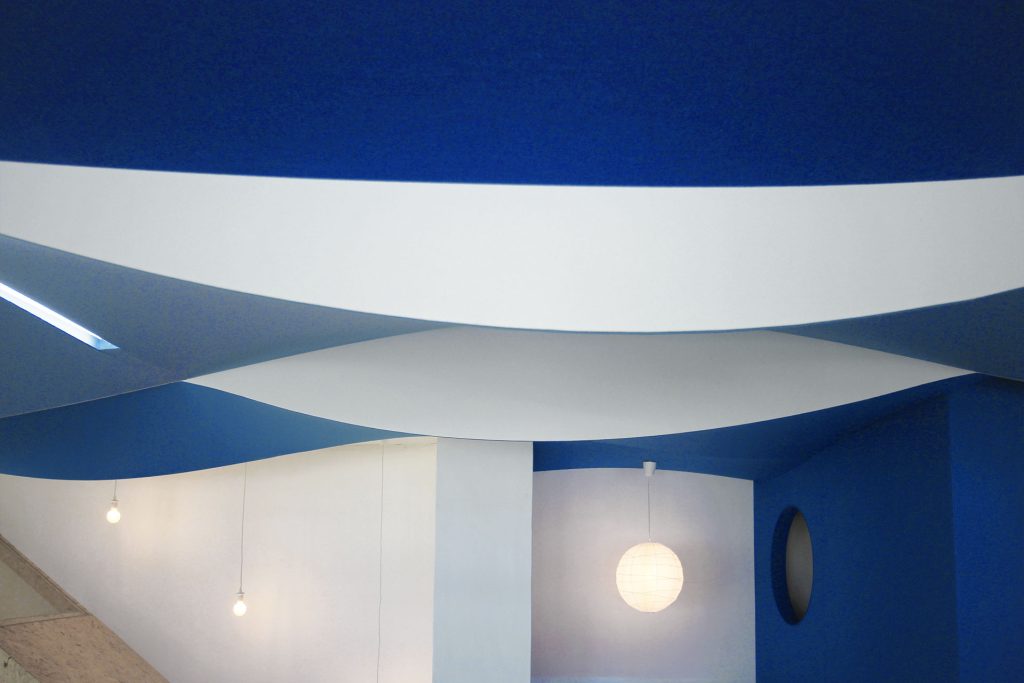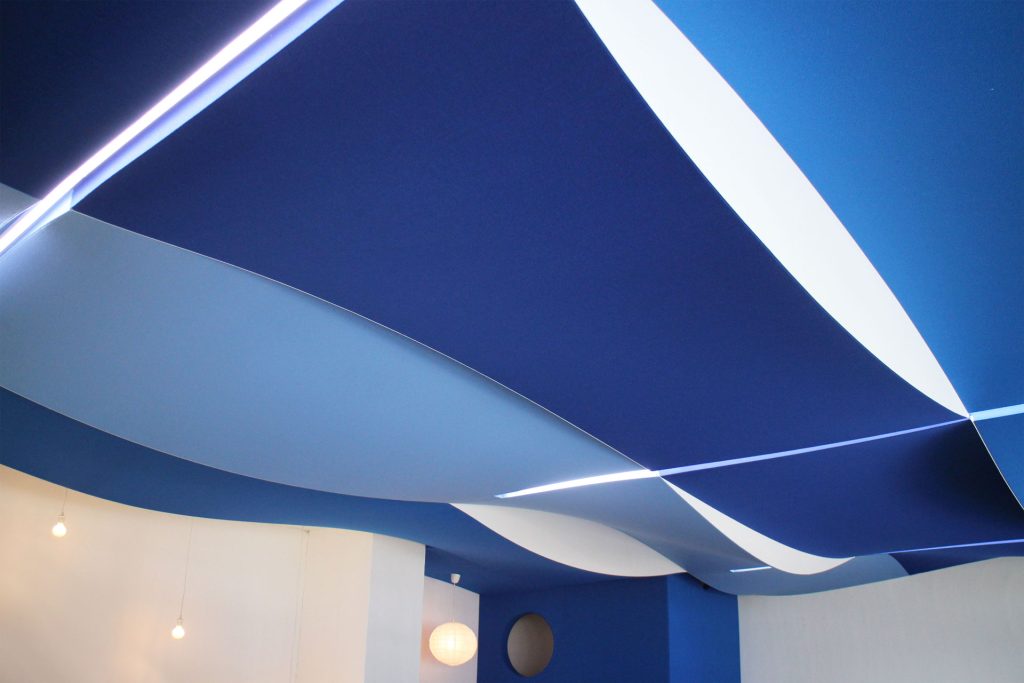
Enhanced Sound Absorption
Multi-layered fabric panels offer superior sound absorption capabilities compared to single-layer panels. The structure of these panels, typically consisting of multiple fabric layers separated by air gaps or sound-absorbing materials, effectively traps and dissipates sound waves. This configuration enhances the panel’s ability to manage a broad range of frequencies, particularly in the mid to high range². The combination of different fabric densities and textures further optimises sound absorption, making multi-layered panels highly efficient in reducing noise levels and improving acoustic comfort³.

Frequency Response Optimisation
Layer Configuration and Material Selection
The performance of multi-layered fabric panels in different frequency ranges can be fine-tuned by varying the types and configurations of the layers. For instance, using denser fabrics in the outer layers with lighter, more porous materials in the inner layers can help absorb lower frequencies while diffusing higher ones⁴. This layered approach allows for targeted acoustic treatment, addressing specific acoustic challenges in various environments such as offices, classrooms, and recording studios⁵.
Air Gaps and Acoustic Insulation
Incorporating air gaps between the fabric layers significantly enhances the acoustic insulation properties of the panels. These gaps act as barriers that interrupt the path of sound waves, reducing their energy and preventing them from passing through the panel. The size and number of air gaps can be adjusted to optimise the panel’s overall performance for different acoustic needs⁶. This feature is particularly beneficial in spaces where both sound absorption and soundproofing are required.

Aesthetic and Functional Integration
Design Versatility
Multi-layered fabric panels are not only functional but also offer considerable design flexibility. The outer fabric layers can be customised with various colours, patterns, and textures to match the aesthetic requirements of the space. This customisation ensures that the panels contribute to the visual appeal of the environment while providing effective acoustic management⁷. The ability to blend seamlessly with existing decor makes these panels suitable for a wide range of applications, from corporate offices to public auditoriums.
Durability and Maintenance
The construction of multi-layered fabric panels typically involves robust materials that enhance their durability. These panels are designed to withstand wear and tear, maintaining their acoustic performance over time. Additionally, the layered design can help protect the inner sound-absorbing materials from dust and damage, reducing the need for frequent maintenance⁸. Easy-to-clean outer fabrics further simplify upkeep, making these panels a practical choice for high-traffic areas.
Applications in Various Environments
Corporate Offices and Open Spaces
In corporate settings, multi-layered fabric panels help create a productive and comfortable acoustic environment. They effectively reduce background noise and improve speech intelligibility in open-plan offices, meeting rooms, and conference halls⁹. Their aesthetic versatility also allows for integration into modern office designs, enhancing both functionality and visual appeal.
Educational and Healthcare Facilities
Educational institutions and healthcare facilities benefit significantly from the acoustic improvements provided by multi-layered fabric panels. In classrooms and lecture halls, these panels enhance speech clarity, facilitating better communication and learning¹⁰. In healthcare settings, they contribute to a quieter, more peaceful environment, which can aid in patient recovery and well-being¹¹.
Residential Applications
In residential settings, multi-layered fabric panels can enhance the acoustic comfort of living spaces such as home theatres, living rooms, and bedrooms. By reducing noise from adjacent rooms and external sources, these panels help create a serene and enjoyable home environment¹². Their customisable design options also allow homeowners to maintain their desired interior aesthetics while benefiting from improved acoustics.
Future Trends and Innovations
Advanced Materials and Technologies
The future of multi-layered fabric panels lies in the integration of advanced materials and technologies. Innovations such as smart fabrics that adjust their properties in response to environmental changes and the use of nano-materials for enhanced sound absorption are expected to drive the next generation of acoustic panels¹³. These advancements will further improve the efficiency and versatility of multi-layered panels, making them an even more valuable tool in acoustic management.
Sustainability Considerations
Sustainability is increasingly important in the development of acoustic panels. The use of recycled and biodegradable materials in the construction of multi-layered fabric panels can significantly reduce their environmental impact¹⁴. Sustainable manufacturing practices and end-of-life recycling options will continue to evolve, ensuring that these panels meet both performance and environmental standards.

References
- Arau-Puchades, H. (1999). Acoustics and absorbers: Porous materials. Journal of Sound and Vibration, 220(4), 925-938.
- Trevira CS. (2021). Trevira CS: Permanently flame retardant textiles.
- Woolmark. (2020). Wool and flame resistance.
- Fahy, F. J. (2000). Foundations of engineering acoustics. Academic Press.
- Blauert, J., & Xiang, N. (2008). Acoustics for engineers. Springer.
- Cox, T. J., & D’Antonio, P. (2009). Acoustic absorbers and diffusers: Theory, design and application. CRC Press.
- Malucelli, G., et al. (2014). Nano-coatings for flame retardancy of textiles. Progress in Organic Coatings, 77(6), 1074-1091.
- Bies, D. A., & Hansen, C. H. (2009). Engineering noise control: Theory and practice. CRC Press.
- Sriram, R., et al. (2018). Smart textiles for fire safety. Sensors and Actuators B: Chemical, 259, 1198-1204.
- GREENGUARD. (2020). Low VOC emissions.
- Higginbotham, B. (2015). Innovative acoustic panel solutions for modern office spaces. Work Design Magazine.
- Prascevic, R., et al. (2019). The role of smart technologies in acoustic panel performance. Journal of Acoustic Engineering, 12(3), 102-112.
- Green Building Council. (2021). Sustainable materials in building acoustics. US Green Building Council Reports, 2021.
- Kellert, S. R., Heerwagen, J., & Mador, M. (2008). Biophilic design: The theory, science, and practice of bringing buildings to life. John Wiley & Sons.
Share